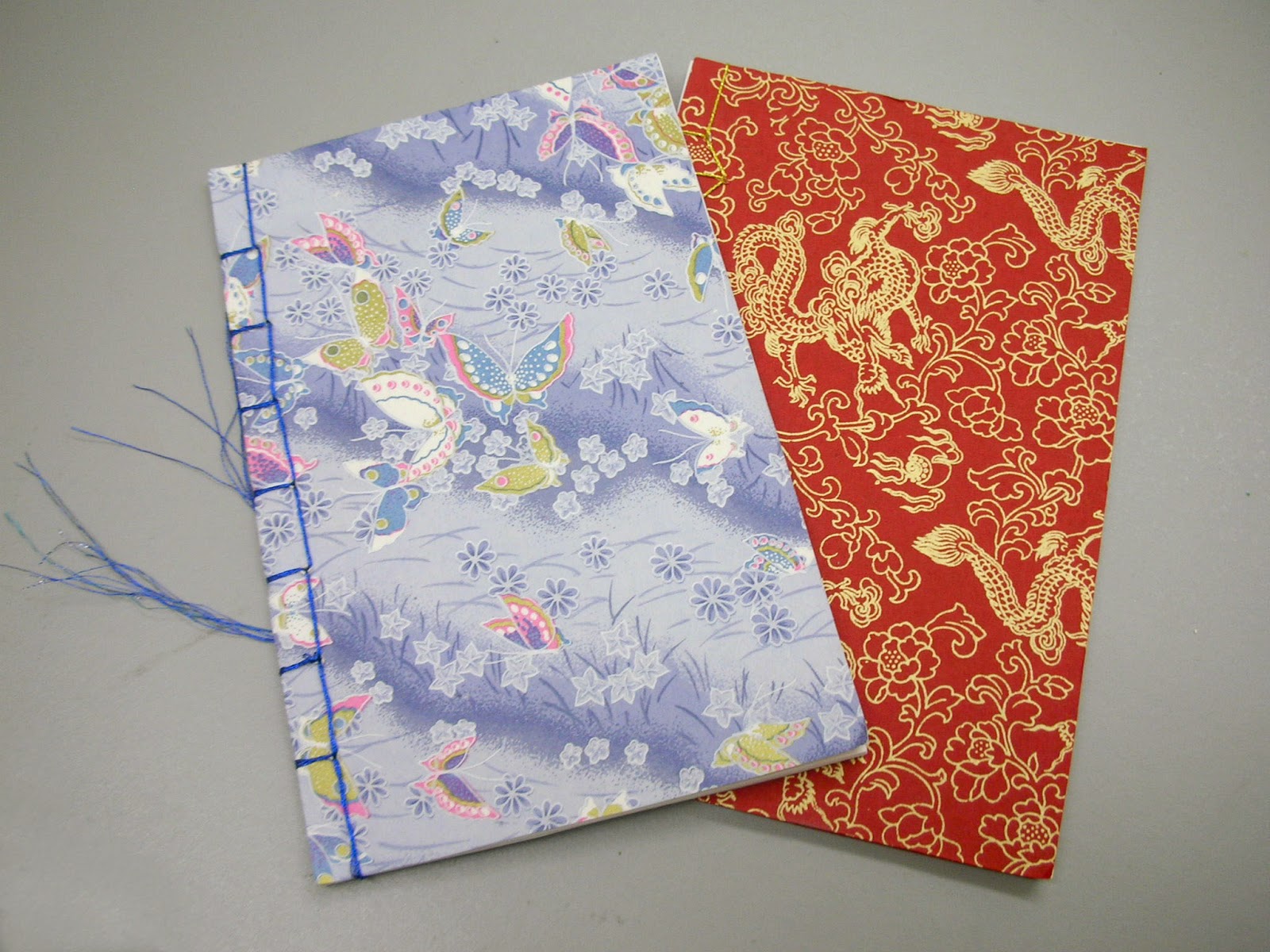Many parents focus on their
children’s success in mastery of three R’s along with more advanced study
in language, science, and related courses, as well as engaging in
extra-curricular sport activities. When these studies and activities are
certainly vital in preparation of a successful academic career, are they
really enough for providing a well-rounded mental and physical platform in
ongoing learning? To this question, I want to outline the value of the study
of art and design brings to learning:
- Heighten memory capability
When we review children’s
drawing, our reaction is typically to smile and think how cute they are with
their fun time. For many parents, children’s play with art is simply a
good way to keep them busy. However, a closer look at children’s art and
drawing often reveal elaborate stories where circle could represent clouds, flowers,
or pancakes, and a seemingly random combination of lines can represent trees,
people, or ants.
A child’s memory contains images
that, when in art, may appear to be abstract, but are unfiltered, honest, and
pure view representation of what they remember or are thinking. Children’s art
work, more accurately, is their retrieval of memories of events expressed from
their own point of view.
- Intensify observation skills
When we listen to children’s
explanation about their art work, their words are often elaborate and sometimes
funny with our confusion. This can be explained as children’s desire to express
what they see or saw, they are actually practicing their observation through
visual forms.
Art can help children more fully
to express their observation, thoughts, and memories, and present them with
their own perception. Meanwhile, children are encouraged to be fearless and
less self-conscious to convey their explicit statement.
- Amplify the imagination potential
It often seems hard to understand
children’s art and drawings. Our difficulty in understanding is a result of our
refined, biased, and filtered view of life as a result of our ages and
experiences. Children, on the other hand, are fearless and able to bear their
belief with imagination in a pure and unfiltered way. When children are
encouraged to use their imagination to visualize places or environments, depict
super powers, or projects themselves into places or situations utilizing
pictures and art, they are learning to be confident individuals and to dream
beyond the current environment.
Likewise, the use of color
provides children’s ability to express a bold imagination. The ability to
choose their own colors to amplify their thoughts and emotions is critical in
expression and that is why we sometimes see green people, yellow dogs, or blue
horses in children’s art work.
- Learn to release and relax emotion
Children generally are fearless
and unfiltered, and easily showing whatever emotion they are feeling at the
time: happiness, sadness, disappointment, etc. However, at their age, they
still have difficulty putting their thoughts and emotions into words. But
children are adept at sharing and expressing their feelings with the use of
their hands. Doing art work helps children to facilitate expression by showing
through pictures, often deep emotions. It has been widely held practice by many
psychologists using art and drawing to evaluate children as well as conduct
their therapy.
- Practice right and left side brain thinking
While working on art, children
learn to cultivate a sense of color, shape, space, and perspective cognition,
also is referred to as creativity. This is generally known as practicing right
side of brain agility. Similarity, children practice math, language, and
problem solving skills to form their left side brain agility. In fact, children
can train themselves to use right and left side brain by doing art.
In the process of participating in
and producing art and design, children expand their skills beyond conventional
methods and styles and refresh their knowledge as well as their life long
learning skills.

















































